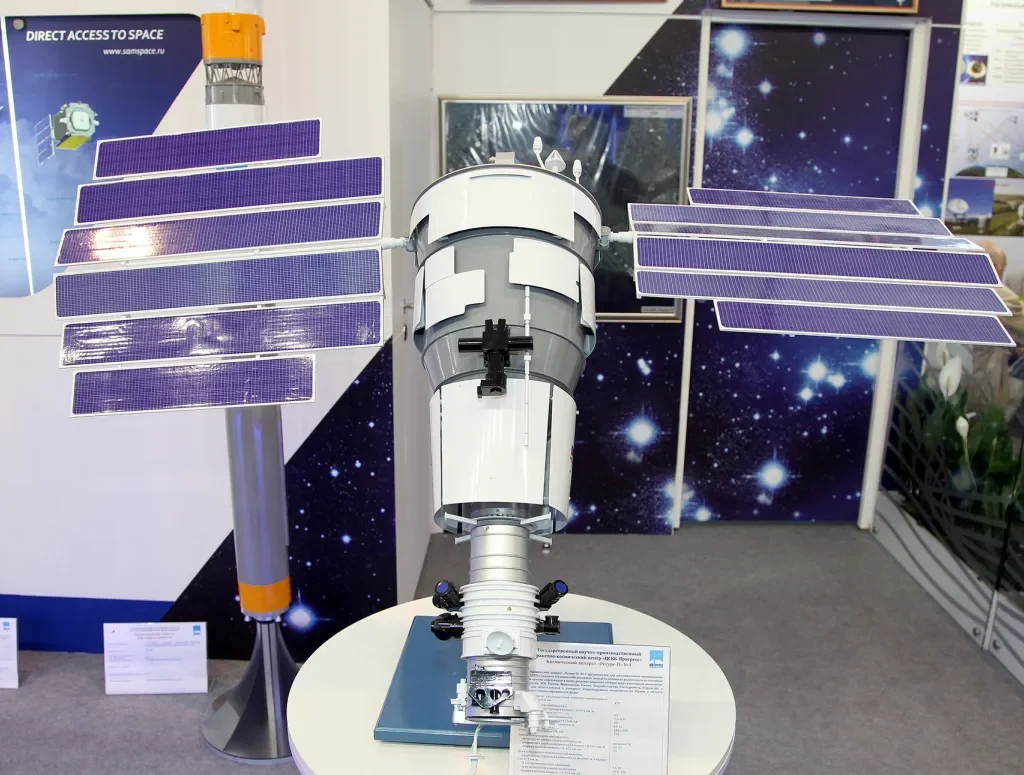A recent analysis by private space situational awareness providers indicates that a defunct Russian remote sensing satellite, Resurs P1, experienced a significant breakup event in low Earth orbit, resulting in the creation of over 100 fragments of debris. The incident, detected on June 26 and initially reported by LeoLabs, is believed to have been caused by a “low-intensity explosion,” possibly originating from either a collision or internal structural failure within the spacecraft.
LeoLabs, in a statement posted on LinkedIn on July 3, detailed their findings: “While much of the debris cloud has yet to be analyzed fully, our preliminary assessment concludes that the most likely cause of the event is a low intensity explosion.”
The company's analysis suggests that the explosion, which generated approximately 250 debris fragments reaching altitudes up to 500 kilometers, poses potential risks to other satellites and space stations in similar orbits.
Contrary to initial speculation, there is no evidence to suggest that Resurs P1 was intentionally targeted in an anti-satellite weapons test, similar to previous incidents involving space assets.
Despite the fragmentation, optical observations indicate that the main satellite remains intact, albeit with un-deployed solar panels observed prior to the event. This malfunction may or may not be linked to the subsequent breakup.
The debris generated by the event will likely remain in orbit for “weeks to months,” posing hazards to operational satellites and manned space missions such as the International Space Station and China's Tiangong space station, before atmospheric drag causes their decay.
“This event highlights the persistent risks posed by decommissioned spacecraft in orbit,” LeoLabs cautioned. Resurs P1, decommissioned in 2021, is expected to reenter the Earth's atmosphere later this year as its orbit decays.
The incident underscores broader concerns about space debris, with LeoLabs noting that there are thousands of derelict spacecraft and rocket bodies in similar orbits that could face similar fate over time.
Credit: Spacenews
